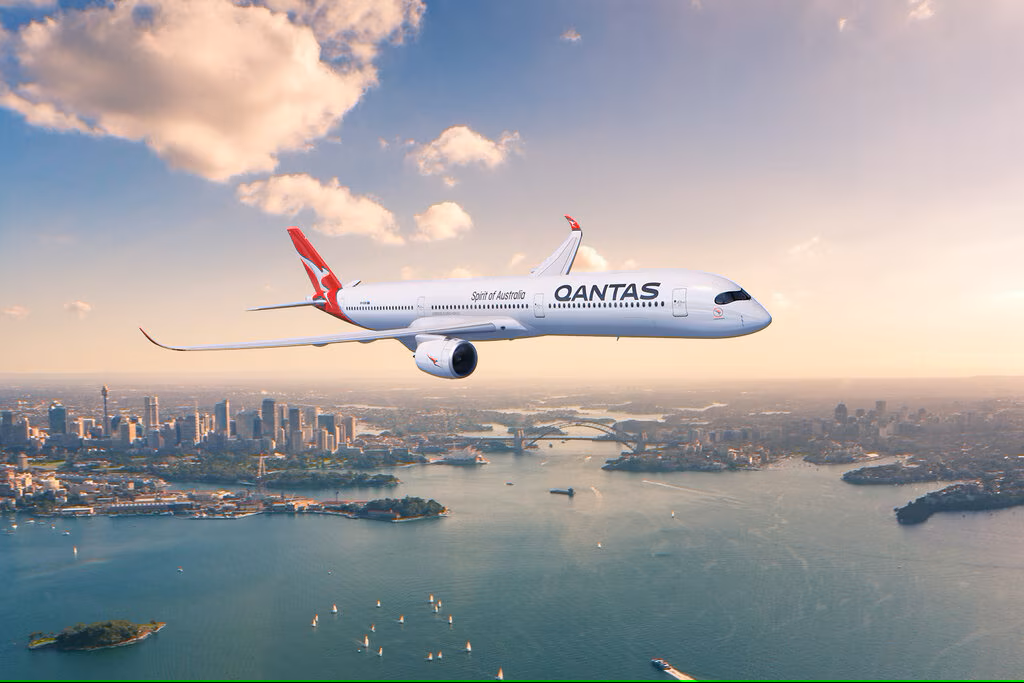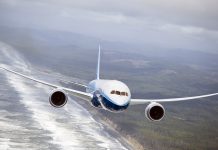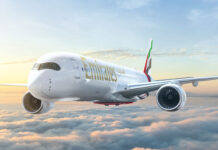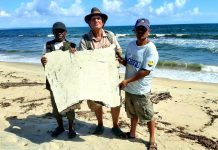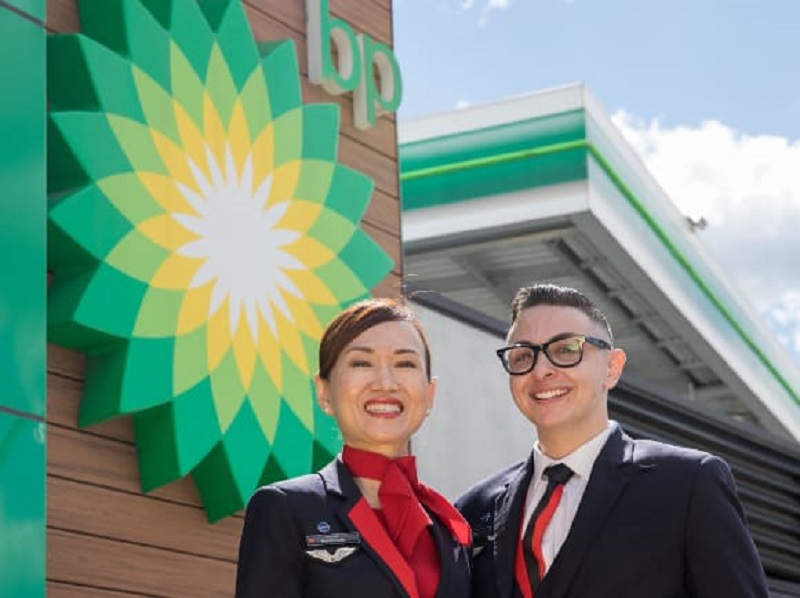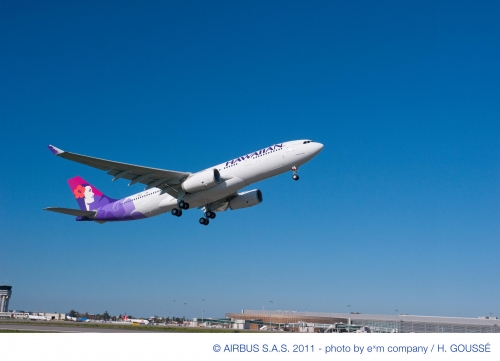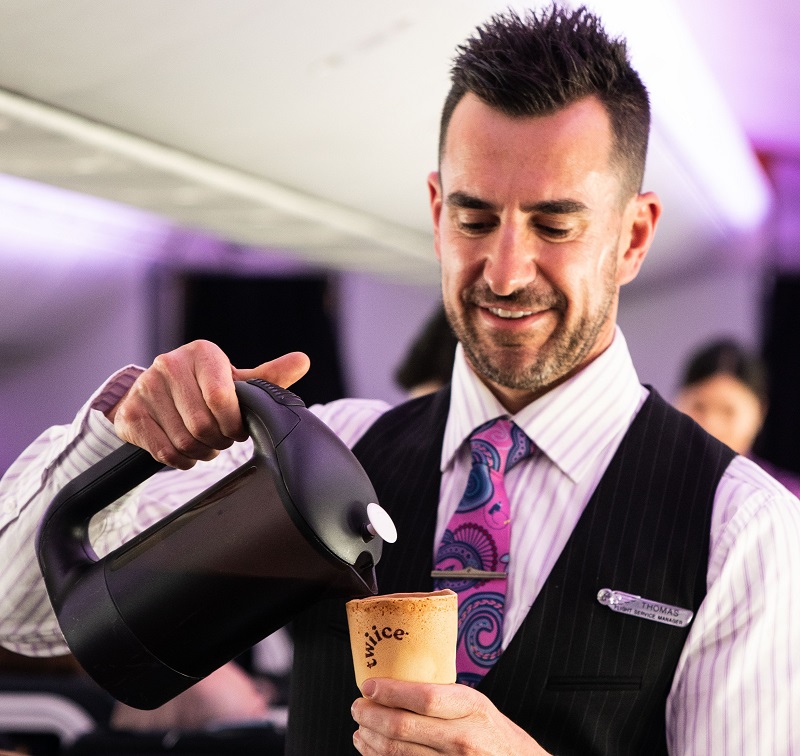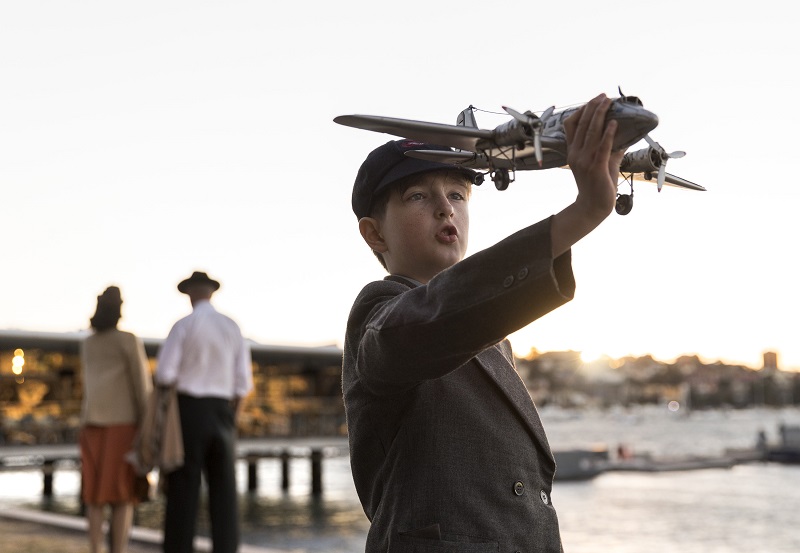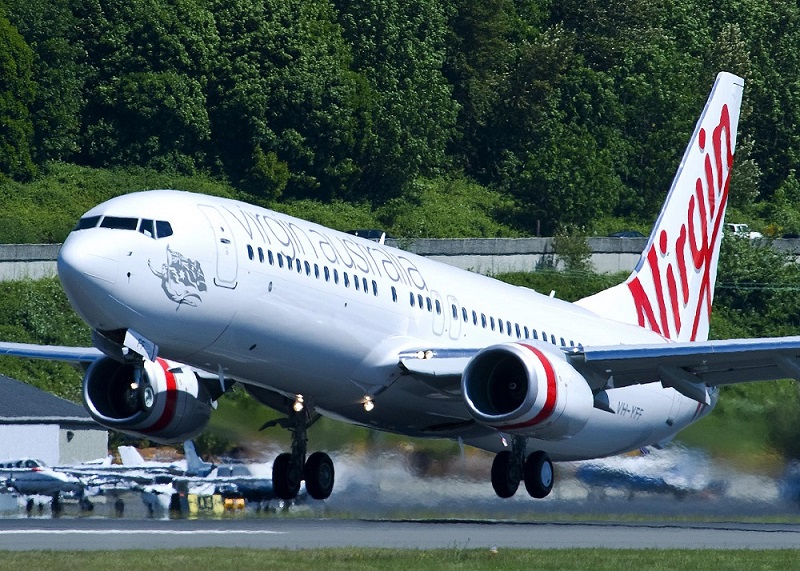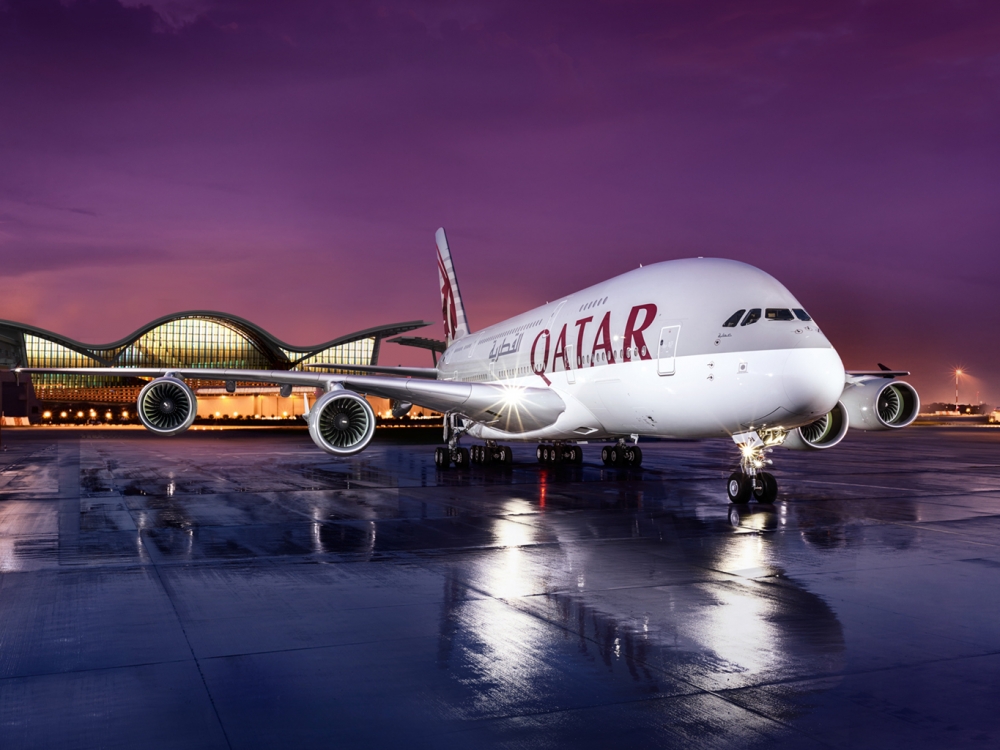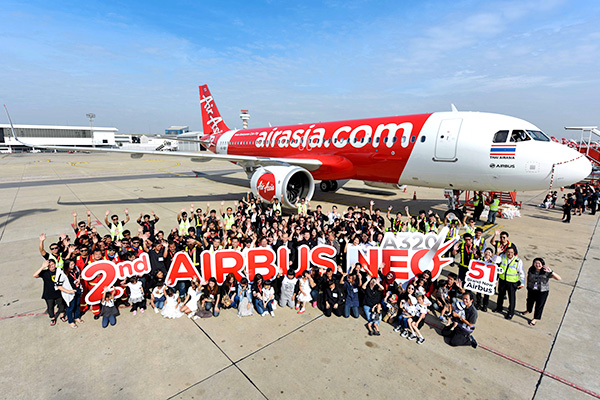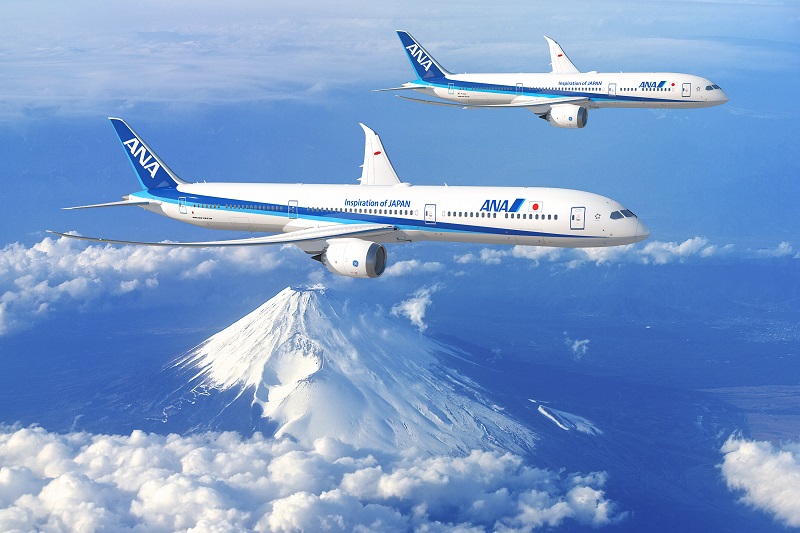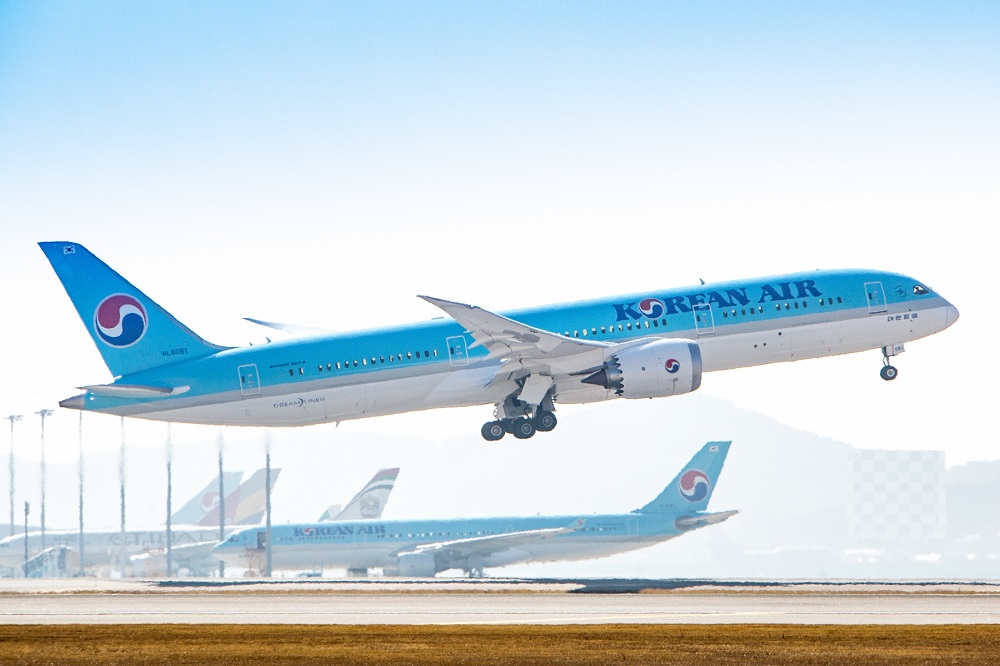Qantas Frequent Flyer members will soon be able to earn points at BP service stations after the deal received final approval from Australia’s competition regulator.
However, the Australian Competition and Consumer Commission expressed concern about how the companies would use the data they collect.
Qantas replaced Virgin Australia as a BP partner and has already teamed its Business rewards program with the BP Plus fuel card.
WATCH the epic new Qantas safety video recreate history
The BP Rewards program is expected to launch in late March or early April, according to a BP spokesman, but the partners have yet to release details on earn or burn rates.
It will allow customers to earn Qantas points on fuel and eligible in-store purchases across participating BP retail sites.
The ACCC gave approval for the partnership for five years and will allow BP to require BP-branded petrol stations to participate as a condition of new franchise agreements and when existing arrangements are renewed.
It found public benefits would include the ability for consumers to accrue and redeem rewards program points and allowing BP to negotiate directly with Qantas on behalf of franchisees.
“Qantas has the biggest loyalty reward scheme in Australia in terms of member numbers, and BP is a major petrol retailer,’’ ACCC Commissioner Steven Ridgeway said.
“However, we don’t believe this will have a significant negative impact on competition, because there are many other retailers in Australia, in petrol and other markets, who could launch or participate in different loyalty programs.”
The ACCC expressed concerns about the impact on customer privacy of sharing of consumer data between independent BP petrol stations and between BP and Qantas.
But it noted that 85 percent of independent BP stations were subject to the Privacy Act and BP was implementing additional data protection safeguards.
“We encourage BP and Qantas to also adopt our recommendations relating to the collection and use of customer data, as set out in our final report into customer loyalty schemes, and also encourage the remaining BP petrol stations to agree to be covered by the Privacy Act,” Ridgeway said.
A Qantas spokeswoman said the the ACCC final approval meant frequent flyers would be able to start earning points at BP “very soon”.
“We know being able to earn Qantas Points on fuel across BP will be very popular among our 13 million frequent flyers and 290,000 Qantas Business Rewards members,” she said.
“Drivers spend thousands of dollars on fuel each year, so this partnership will be a great way for frequent flyers to top up their points balance and get closer to their dream trip.”


